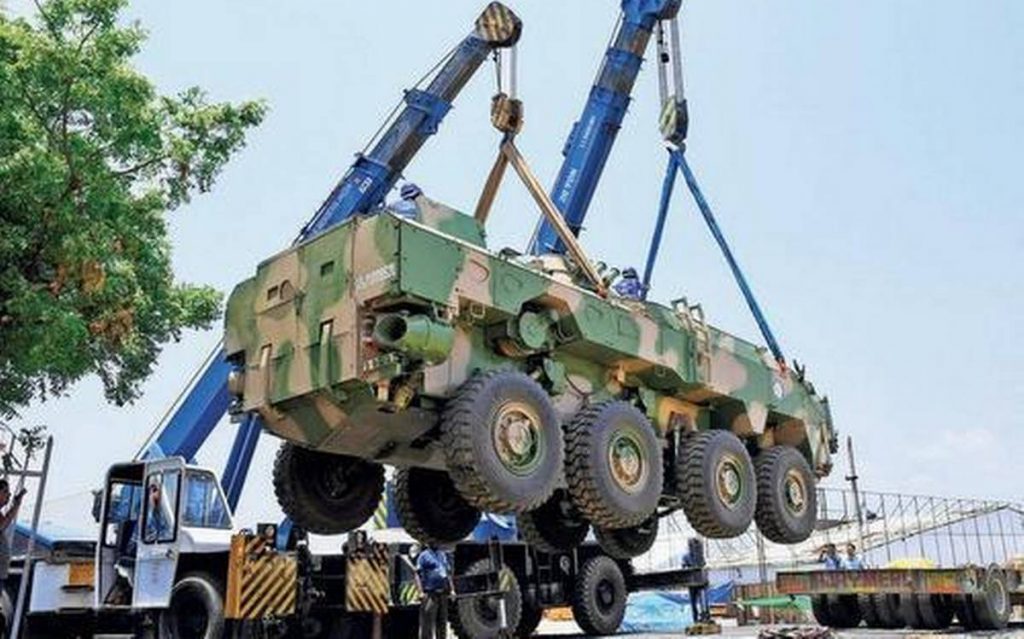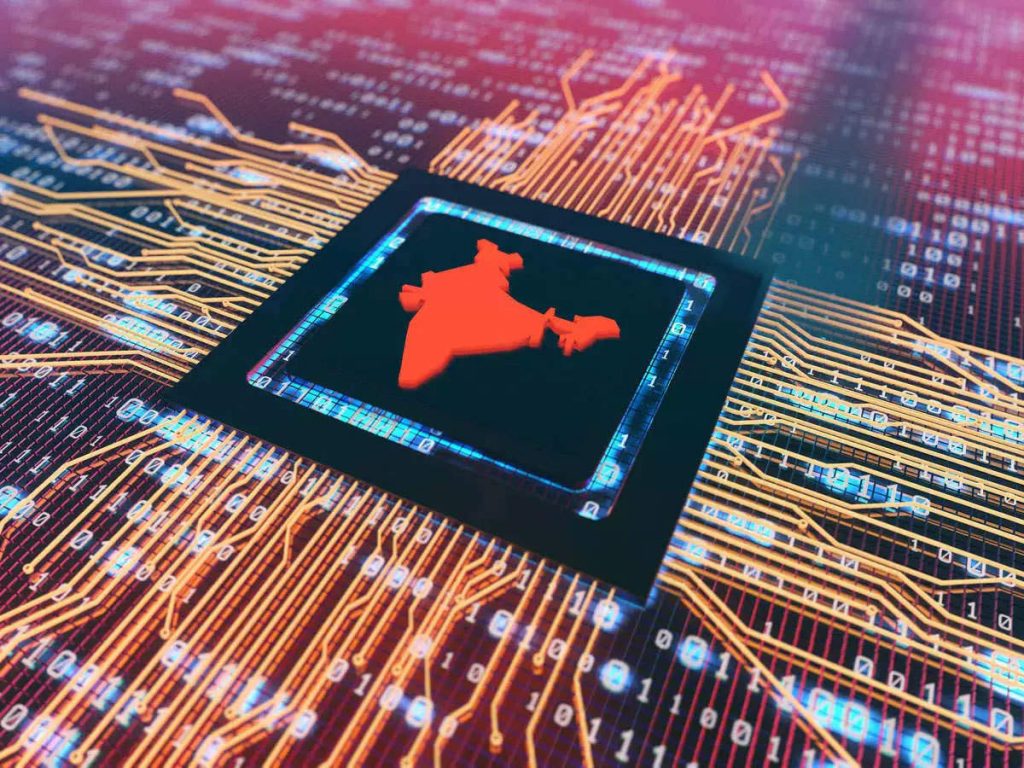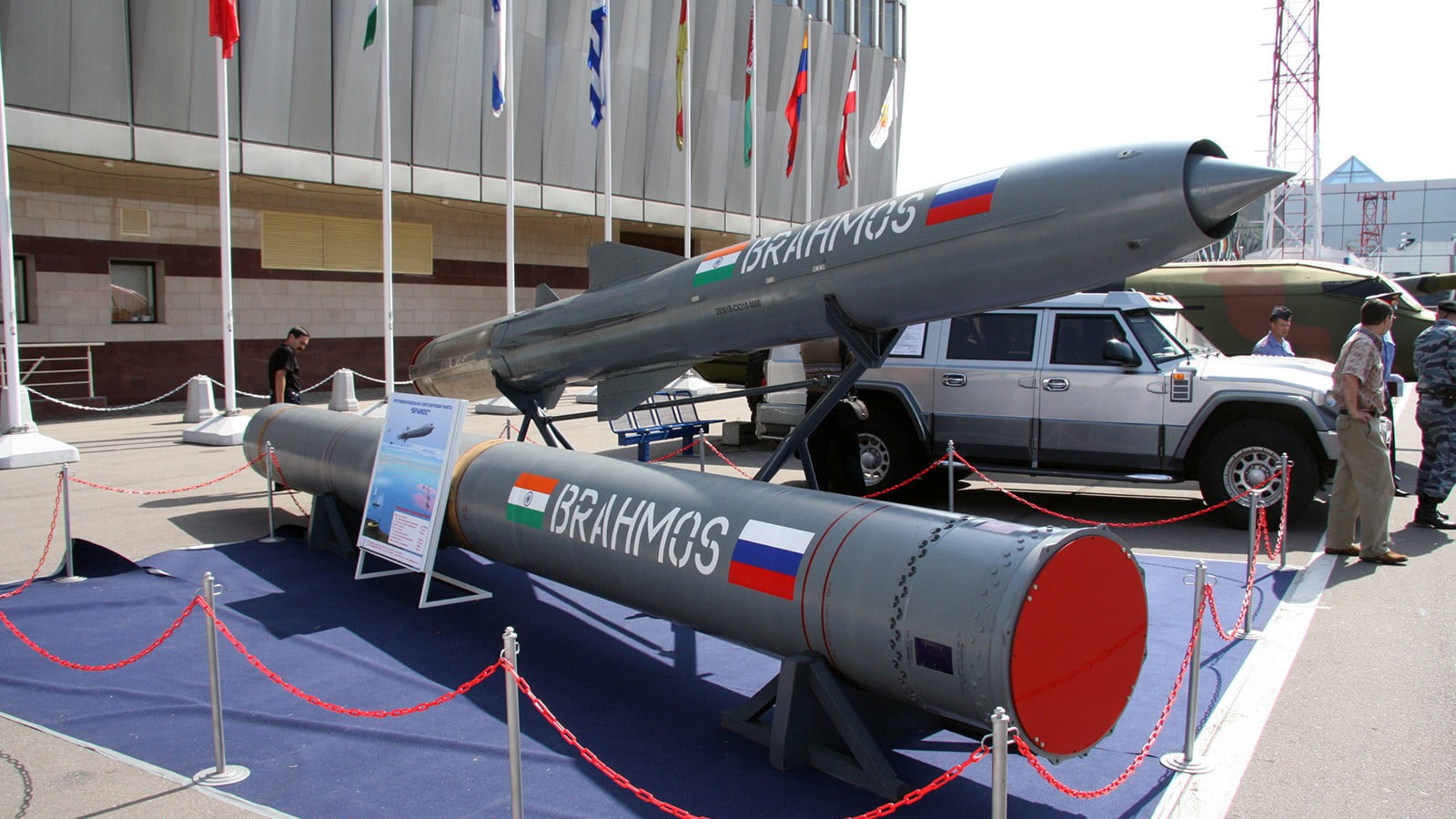Abstract
Indian defense forces are modernizing at a fast pace to ward-off obsolescence and gain an edge on the battlefield. Government commits a significant budget every year. The bulk of that goes into imports. This provides a huge opportunity for indigenous efforts. Electronics is the means of modernization with technology at the heart. India has a large number of R&D labs and institutions working in the area of defense. Collectively infrastructure, knowledge pool, and experience are impressive. A large number of highly relevant projects are always in pipeline. However, the final induction rate is very low. This is the right time to synergize all the stakeholders and cause the unfinished task of the Technological Revolution.
1. Introduction
The defense is a huge market, around seventy percent of the equipment we still import. This provides opportunities for indigenous efforts so that finally seventy percent is indigenous and import is limited to thirty percent. Defense procurement is a national priority, budget allocation is significant which further needs to improve. Therefore, if handled well, it has the potential to impact significantly the national economy and employment level. It is linked to national pride, confidence level, and finally the national security.

Defense Electronics in Defence Production is a segment of strategic importance. It is a force multiplier. Its scope includes Communication, Network-centric systems, Radars, Electronic warfare, Sonars, Fire control systems, Electro-optics, Missile systems, Seekers, Cybersecurity, etc. Technology is at the heart of every defense product/ system. It makes it intelligent, accurate, fast, compact, reliable, farsighted, and powerful – overall a smart system.
Technological self-sufficiency needs a collaborative approach among Defence labs, DPSUs, Private sectors, Defence Forces, MoD, and other Scientific agencies and Educational institutions. Each agency has its own history of evolution and experience. Each revolves in its own orbit with its traditional objectives, priorities, perceptions, culture, and agenda. Enabling them to migrate to higher orbits – where there is shared vision, alignment in objectives, priorities, a sense of mission, mutually felt the need for cooperation – is a herculean task. But, then, national missions of higher order are bound to be that much challenging at least.
2. The Essence of Defense Production
Equipment strength generally flows out of technology which enables desired functionalities; design and engineering convert the technology to physical equipment with reliability and maintainability that meets the customer needs and expectations. If the desired level of technology is not available, then new equipment is not needed. New procurement will not be made and the further game of Production does not start.

Three to four decades ago, when our indigenous technology stock was low, the Armed Forces raised their equipment out of production based on TOT. During that period manufacturing was the challenge. These are matters of the past. In Defence Production now we have more than adequate capacity (of course with some gaps). For existing products, a further requirement is limited. For new products, indigenous technology induction is an uphill task.
3. Technology – the landscape and the experience
In India, we have a large number of defense labs in DRDO and DPSUs. Many Scientific labs (CSIR) also work for defense technology and a large number of Academic institutions of excellence are involved in research for defense application. There is some significant capacity existing in the Private sector also. All these agencies put on display periodically their technological achievements in Aero Show, Def Expo, Defence Minister Award for R&D, and numerous national and international exhibitions. A very large number of equipment based on indigenous technology are always under DGQA evaluations and field trials with defense forces. Yet, a very small number finally get inducted. Reasons for non- qualification may range from significant to not so significant observations.

A comprehensive review of defense R&D projects in various defense labs and Scientific Institutions both in the Public and Private sector will reveal that a large number of highly relevant projects developed based on the plans of Defence Forces are either touching the finishing line or gone well past the line. Many great projects just short of finishing mark waited for a long and became obsolete. All these projects are huge gold mines. What is needed is gold miners attitude, ‘Who will tolerate tonnes of mud for an ounce of gold’.
On the part of supplier organizations, they should at all times remember the responsibility associated with the manufacture and supply of ‘Warfighting machines’. The technological mission is complete only when clubbed with Innovation, Quality, and Reliability.
4. Conclusion
“Atma Nirbhar in Defence Production” needs Technological Revolution to modernize its Armed Forces. Indigenous efforts in this area will lead to significant economic improvement and employment generation. The country has the infrastructure, scientific manpower, competence, and experience in this area. What is needed is a collaborative effort among various organizations, customers, and government agencies. Collective leadership with a shared vision and a sense of mission is required. Dr. Vikram Sarabhai, Dr. Homi Bhabha, and Dr. Abdul Kalam revolutionized their field and are gone. Once again, the country is in search of great leaders and Program Managers to realize this dream.
***






